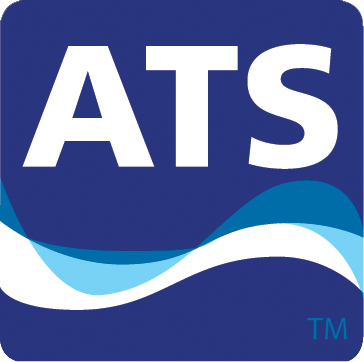IN THE NEWS
Stay ANSI compliant with state-of-the-art safety showers and eyewashes
A worker at an oil refinery accidentally was sprayed with corrosive chemicals. Her coworkers acted quickly and got her into the safety shower to wash the dangerous substance from her clothing and exposed skin. Luckily for everyone, the shower was functioning properly...
Drench shower required under ANSI safety standards
Getting under a drenching water stream seconds after a corrosive chemicals accident is crucial for recovery. Did you know that ANSI safety standards require a minimum of a 15-minute drench shower? The drench protects workers from permanent damage, and makes sure that...
How do you keep debris from entering through the overflow on the tank-fed safety showers?
The header tank on our GFTS15 and GFTS25 ANSI-compliant, gravity-fed, self-contained safety shower and eyewash units are provided with an overflow. This overflow is especially useful when the tank is being filled by use of a potable water truck. In the case where...
What is the safe ball float valve operating pressure range for a tank-fed safety shower?
The standard ball float valves used in the GFTS15, GFTS22, GFTS15A, GFTS22A, GFTS15AH, GFTS22AH, GFTS15HSA, GFTS15AHCSA, GFTS22HCSA and GFTS22AHCSA are suitable for 2-10 bar pressure. If the site water pressure is higher than 10 bar, a high pressure ball float valve...
Does My Safety Shower Need a Stainless Steel Frame?
Galvanized Steel Frames Galvanized steel is steel that has been coated with a thin layer zinc to help resist corrosion. This thin layer of zinc may be applied by hot-dipping or electro-galvanizing. In hot-dipping, steel is dipped in a bath of hot liquid zinc. When...
If I purchase a gravity-fed cubicle safety shower, how will I make sure the water in the tank is maintained in the ANSI-compliant tepid range?
Since the 2009 revision of the ANSI Z358.1 standard for safety showers and eyewashes, all flushing fluid used in safety showers and eyewashes must be in the “tepid” temperature range of 60°F (15.6°C) to 100°F (3.78°C). The importance of this change cannot be...
What is the advantage of a tank-fed safety shower?
There are several important advantages for tank-fed safety showers. Many industrial companies find themselves in situations that are remotely located, with little or no potable water access, but that feature activities which require the use, handling and storage of...
Does the ANSI standard for safety showers and eyewashes require tepid water?
ANSI Z358.1 was revised in 2009 to include the requirement that all safety shower and eyewash equipment provide flushing fluid in the “tepid” range. The 2014 revision of the ANSI standard did not modify this important requirement. The tepid range is defined in ANSI...
Installing a GFTS15 Remote Tank and an S370 Safety Shower & Eyewash
Question: Are there any particular installation details we should consider when installing a GFTS15 Remote Tank and an S370? The ATS/S&E GFTS15RT is a unique and very flexible safety shower solution which solves many here-to-fore faced by engineers in providing a...
Tank Fed Safety Showers and Freezing Pipes
Is it necessary to have the cubicle heater in the GFTS15AH Arctic unit in order for the piping not to freeze during cold weather? The short answer is no, in most cases. However, in temperatures below 0°F (18°C), it is advisable to have a cubicle heater. If the cubicle...
